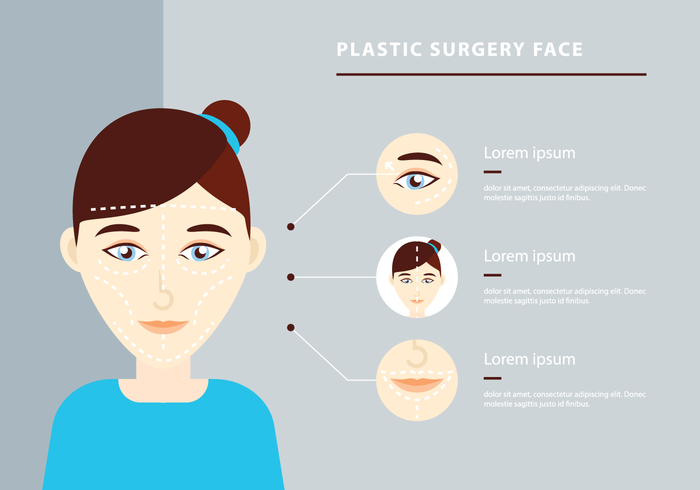How Does Puberty Affect Acne
How Does Puberty Affect Acne
Blog Article
Acne Treatment - What Are AHAs in Acne Treatment?
AHAs are a crucial component for unclogging pore clogs and lightening up acne-prone skin. They function by breaking down dead skin cell build-up to promote newer, fresher cells, and protecting against future obstructions.
Developing topical AHAs demands meticulous attention to different crucial variables that significantly affect their effectiveness and tolerability. Keeping the optimum pH array, along with car choice and focus, intensifies their exfoliative features while mitigating prospective unfavorable responses.
Glycolic acid
Glycolic acid is understood for its light yet reliable scrubing residential or commercial properties, which promote skin's natural dropping and loosen up the "glue" that holds dead cells on the surface of the skin. This helps unclog pores and reduce the look of great lines and creases, as well as enhance total skin texture and tone.
Interestingly, topical glycolic acid has also been shown to promote the production of collagen, which is vital in preserving skin's suppleness and flexibility. It is necessary to keep in mind, nonetheless, that due to the fact that glycolic acid can stimulate the skin's sensitivity to sunlight, it is essential to wear sunscreen when making use of any products containing this active ingredient.
Skin doctors pay mindful focus to the solution of items having AHAs in order to maximize their efficiency and tolerability. Creating AHAs with the ideal lorry, in addition to pH and focus factors to consider, permits optimum skin infiltration while reducing prospective unfavorable reactions. This is particularly crucial for patients with delicate skin, given that AHAs are recognized to be gently annoying.
Lactic acid
Lactic acid is discovered in numerous over-the-counter skin care products and some stronger specialist peels and therapies. It has the most affordable molecular weight of all the AHAs and is able to permeate deeper into the skin, where it is more effective at unclogging pores and scrubing.
Like glycolic acid, it additionally promotes collagen synthesis, which assists decrease fine lines and creases and boost skin structure. Furthermore, it has moisture-retention homes, which makes it more suitable for drier skin kinds than various other AHAs.
The comprehensive body of medical data confirming the efficiency of topical AHAs supports their utility in a wide variety of skin-related ailments and aesthetic issues. These consist of complex skin renewal procedures, depletion of med spa great lines and wrinkles, lightening of hyperpigmentation, therapeutic treatment for actinic keratosis, and acne administration [2] Optimizing the solution of AHAs by balancing pH, concentration, and lorry option additionally improves their therapeutic possibility. These cautious considerations make it possible for skin specialists to deliver safe and efficient treatments that give premium medical results.
Mandelic acid
Mandelic acid, stemmed from almonds, is one more participant of the AHA household and is a popular ingredient in items that aid treat acne. Its bigger molecular dimension implies it penetrates the skin extra slowly and delicately, which can lower the capacity for irritation. It's additionally less likely to activate redness and other skin level of sensitivity problems, making it suitable for delicate skin types.
Mandelic Acid is believed to help reduce inflammation and increase hydration. It works by loosening up the bonds between dead skin cells, allowing them to drop and reveal fresher-looking skin. It likewise helps reduce the look of enlarged pores.
Formulating topical items with AHAs needs a precise equilibrium of essential factors that substantially impact their efficiency and tolerability. In particular, the pH of an AHA solution has been revealed to play a vital role in its capability to promote exfoliation and boost skin tone and appearance. Achieving this optimum concentration is a difficult goal and calls for meticulous focus to the various aspects that impact the formula procedure.
Citric acid
Citric acid, discovered in citrus fruits such as oranges and lemons, is a light AHA. It's less bothersome than glycolic or lactic acid, making it better for delicate skin. It also has astringent residential properties, helping to dry excess oil.
Like other AHAs, citric acid can be utilized in chemical peels and day-to-day active/maintenance treatments to scrub the skin and advertise cell turnover. It can help in reducing the appearance of dark areas and hyperpigmentation, along with fine face lines.
It can additionally enhance the synthesis of glycosaminoglycans, which play a crucial role in enhancing the skin obstacle function. This assists to avoid trans-epidermal water loss, and maintain ideal hydration degrees in the skin [35]
AHAs can be combined with calming active ingredients such as ceramides or hyaluronic acid to improve their tolerability. They can be integrated right into daily active/maintenance skincare via lotion or lotion solutions. This allows specialists to customize their AHA therapies based on individual demands and preferences, with the flexibility of selecting from different treatment strengths or focus.